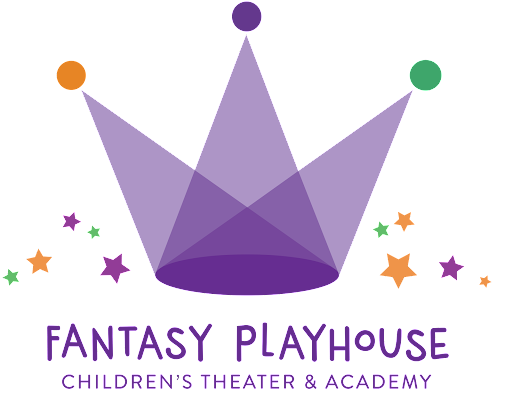Today, we’re excited to feature an update from Ann Kvach, Program Officer for the Community Foundation of Huntsville’s Digital Inclusion Fund. As the founding donor to the fund, Google Fiber is proud of the incredible impact the grantee organizations have in Northern Alabama.
At the Community Foundation of Greater Huntsville, we get to play the part of matchmaker; we connect generous people and businesses with the boots-on-the-ground nonprofit organizations in our Huntsville community.
Back in 2016, when Google Fiber announced that they’d be coming to Huntsville — they made it clear that they also wanted to invest in our community, especially in digital literacy and efforts that work to close the digital divide. We were very fortunate that Google Fiber looked to the Community Foundation of Greater Huntsville to help carry out that mission.
We started by hosting what we call a “Community Conversation” where we invited anyone in the community who was interested in digital inclusion to come together. There were people from the school districts, nonprofits and other organizations there, all focused on coming up with a definition of what digital inclusion really means and identifying the gaps and barriers in Huntsville that bar people from accessing digital resources.
The outcome of these conversations was the creation of the Digital Inclusion Fund, which allowed local nonprofits to apply for funding for their digital-forward programming through an open grant cycle. Since 2018, the Digital Inclusion Fund has distributed $325,000 of funding from various donors to 24 nonprofits supporting 33 programs across our city.
2022 was a banner year with an incredible class of Digital Inclusion Fund grant recipients:

Huntsville Community Drumline
Founded by a local Corbett Elementary School teacher, Huntsville Community Drumline teaches percussion to youth in the community. But their work expands beyond drumming — with funds from the Digital Inclusion Fund, they created and maintain a program called iD.R.U.M., or Digitally Responsible, Unstoppable Musicians.
This program is focused on developing digital literacy through music production and education by providing free access to technology for students to learn new skills such as composing, mixing and mastering music, and other skills on the engineering and creative side of things that are now all digital.

First Stop
First Stop’s mission is to encounter, connect, empower — encounter people where they are, connect them to resources and empower them to improve their lives. Through their Digital Inclusion Fund grant, they’ll be able to offer a computer lab and digital literacy classes to people experiencing homelessness in the Huntsville community.
Through this program, their clients will be able to get help with everything from building a resume, to searching for an apartment, to learning new digital skills to help with employment.

Huntsville Inner City Learning Center
An after school summer program that works with kids, Huntsville Inner City Learning Center is moving to a new location where they plan to build out and expand a STEAM resource lab. The Digital Inclusion Fund grant will go specifically toward devices in the lab — everything from smart boards to projectors and other hands-on learning opportunities.

The Pathfinder
The Pathfinder is a sober living facility for men focused on giving their residents the opportunity to interact with technology to improve their lives. From taking GED classes to working on a resume, to career development classes, and more, The Pathfinder is creating a fully digitally inclusive experience for their residents through grants from the Digital Inclusion Fund.

Fantasy Playhouse Children’s Theater & Academy
Fantasy Playhouse Children’s Theater and Academy is building a STEAM Learning Lab that will provide students with hands-on instruction to master technical theater subjects including color theory and perspectives, sound engineering and design, rigging and lighting.
-------------
At the Community Foundation of Greater Huntsville, we say that we have the best job in the world because we get to meet people at their best — when they’re being really generous. To give you an idea of that generosity, just last year the Community Foundation of Greater Huntsville’s donors granted out $11 million to the Alabama community. That’s a pretty powerful number, especially considering the unstable state of our economy in 2022. It’s a testament to the fact that kindness never runs dry in Huntsville, and we’re glad to work with Google Fiber in that culture of giving.
Posted by Ann Kvach, Program Officer, Community Foundation of Greater Huntsville



.jpg)
.jpg)
 5 Gig offers symmetrical upload and download speeds with a Wi-Fi 6 router (or you can easily use your own), up to two mesh extenders and professional installation, all for $125 a month. Installation also includes an upgraded 10 Gig Fiber Jack, which means your home will be prepared for even more internet when the time comes.
5 Gig offers symmetrical upload and download speeds with a Wi-Fi 6 router (or you can easily use your own), up to two mesh extenders and professional installation, all for $125 a month. Installation also includes an upgraded 10 Gig Fiber Jack, which means your home will be prepared for even more internet when the time comes.

